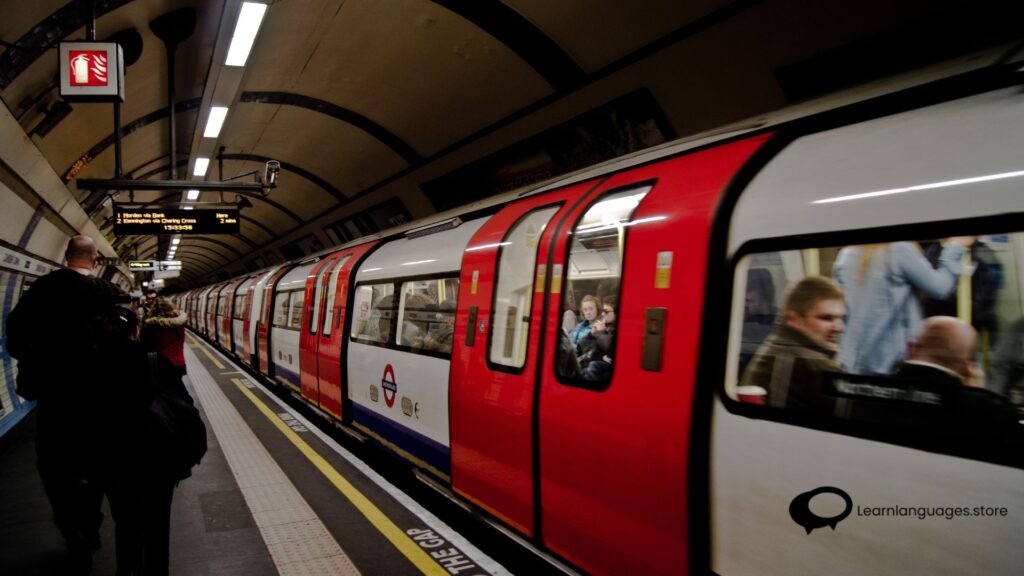TRAVEL EUROPE BY PUBLIC TRANSIT
TRAVEL EUROPE BY PUBLIC TRANSIT
I formerly had a severe fear of taking public transit. I remarked that transit maps resembled computer chips. Computer chips are a mystery to me. In my defense, public transit has never been great in Massachusetts, where I’m from, so whatever interest I had in using the train quickly vanished.
Estimated reading time: 4 minutes
I can remember a period when I didn’t have an automobile. I looked into if I might visit a buddy in New Bedford on the Boston train. I had no idea that riding the train would require a tour of Massachusetts’s coast and, with it, an additional three hours of travel time to what would otherwise be a straightforward one-hour drive.
However, I found it difficult to ignore public transit when I made the decision to spend a year living in Europe. I was finally ready to look at a computer chip transit map (in German) and figure it out because of my financial uncertainty overseas. When a train costs €5 and a cab to the airport costs €65, you make the necessary arrangements.
This kind of inefficiency made me uninterested in public transportation.

Why Take Public Transit? bus, train, and metro
There are many of great reasons to choose public transportation. Greta Thunberg would probably concur that short-term changes can have long-term effects on the condition of our world. We can lessen traffic in our cities and cut greenhouse gas emissions by more than half by adopting public transit.
What do you stand to gain? It’s a lot. By reducing personal automobile expenses like maintenance and parking fees, you’ll save money. The more you walk as you go between stations, the better. Finally, you can unwind. Because being angry on the road just before the sun rises is never a good way to start the day.
Five Tips For Taking Public Transportation in Europe
1. Do your research.
Even just landing in a new city might make you feel overwhelmed, let alone attempting to navigate a strange public transit system. It is beneficial to conduct some preliminary study to raise awareness. Look for details such as the names of the principal stations and the transport lines.
For instance, the Hauptbahnhof station serves as the main station for the BB transport line in Salzburg, Austria. It’s a good idea to look into your transportation alternatives because occasionally using a bus, like Flixbus, is less expensive than taking the major railway line.

2. Pay for your tickets.
Most of the time, you won’t need to present your ticket to anyone to board a train or tram. The honor system is not to be taken lightly. A sizable punishment will be assessed if your rail ticket is found to be missing. Your first violation will cost you 100 Swiss francs (around $100) in Zurich, Switzerland. The cost keeps going up after that, and you risk becoming banned for life, which might be a problem if you want to remain for a while or want to return. obey the law. Purchase your tickets.

- Consider where you sit in the class.
Know where you’re getting on the train. Be careful to take a seat in second class if you purchase a regular train ticket. Although train carriages are usually labelled, if you don’t know what you’re searching for, it’s easy to overlook them. - Download the necessary applications.
There are several applications available to make exploring Europe easier. FlixBus, GoEuro, and Google Maps are a some of my preferred transit resources. Major cities often provide their own apps for download that allow users to buy rail tickets and check transportation timetables.
Learn Languages Store
Vashi,
Email: services@learnlanguages.store










